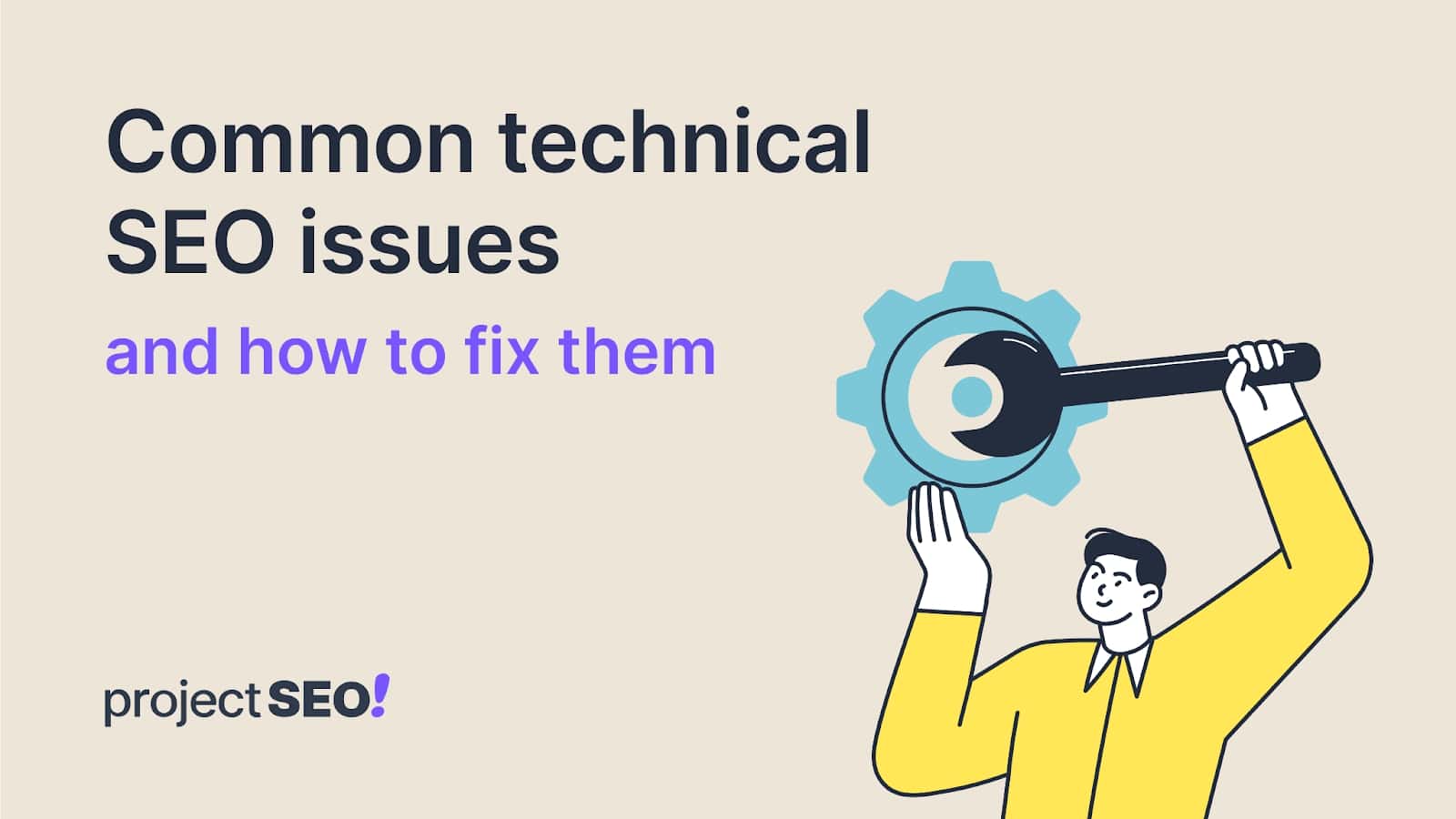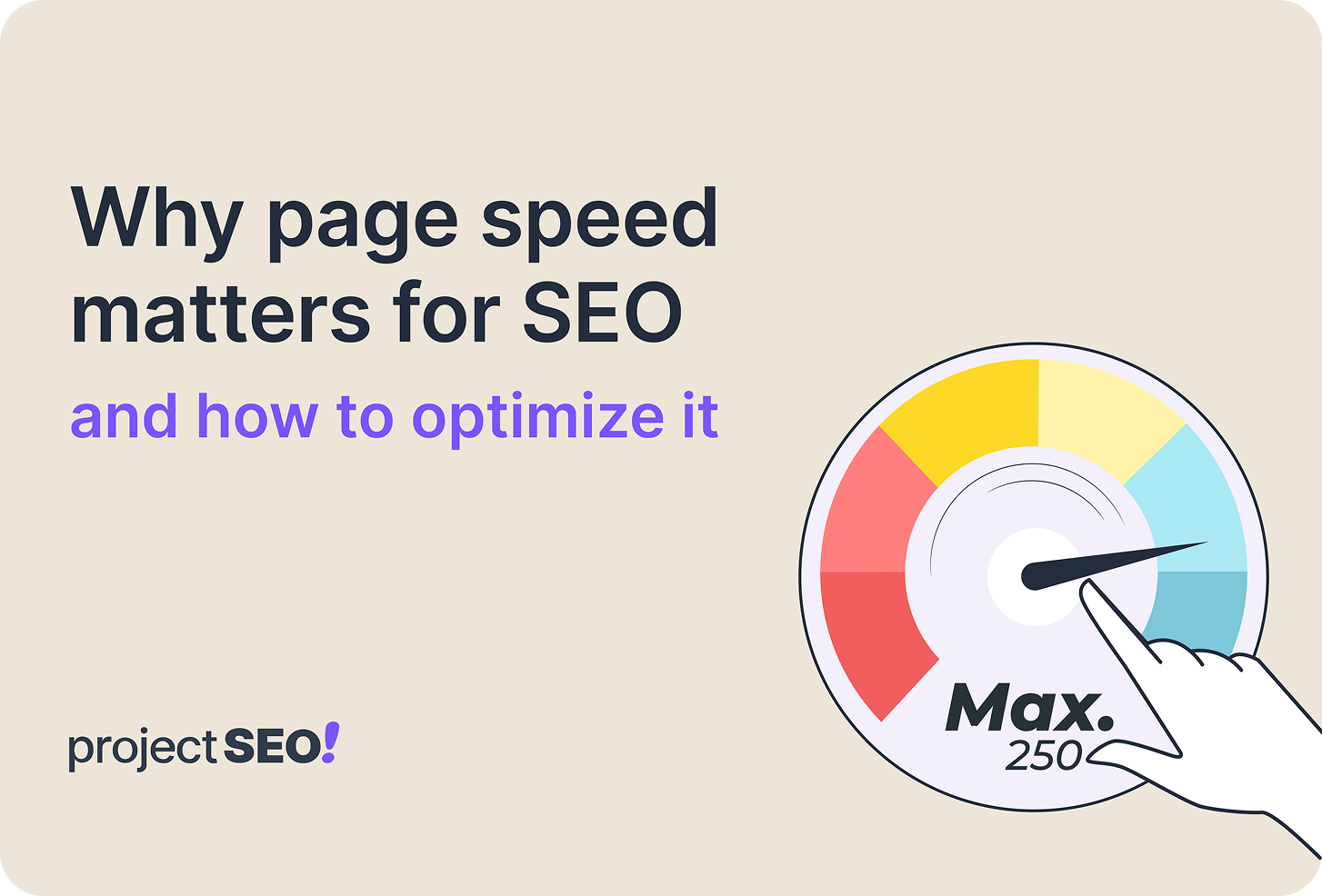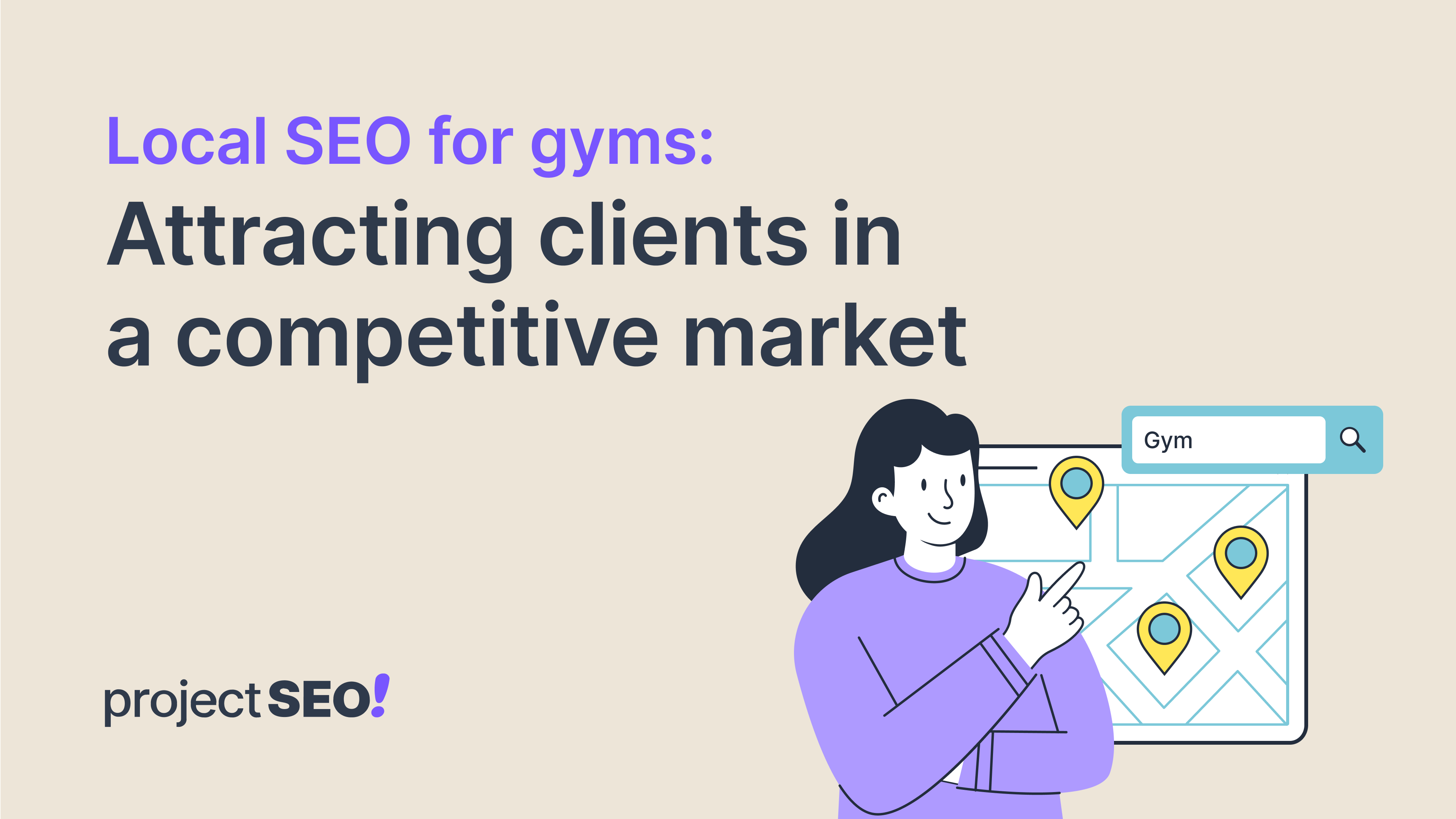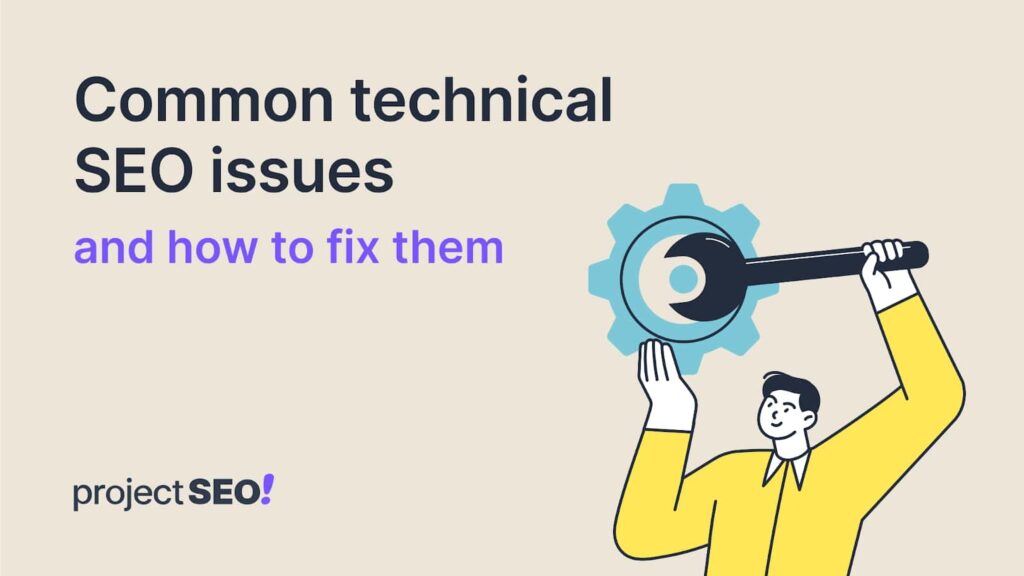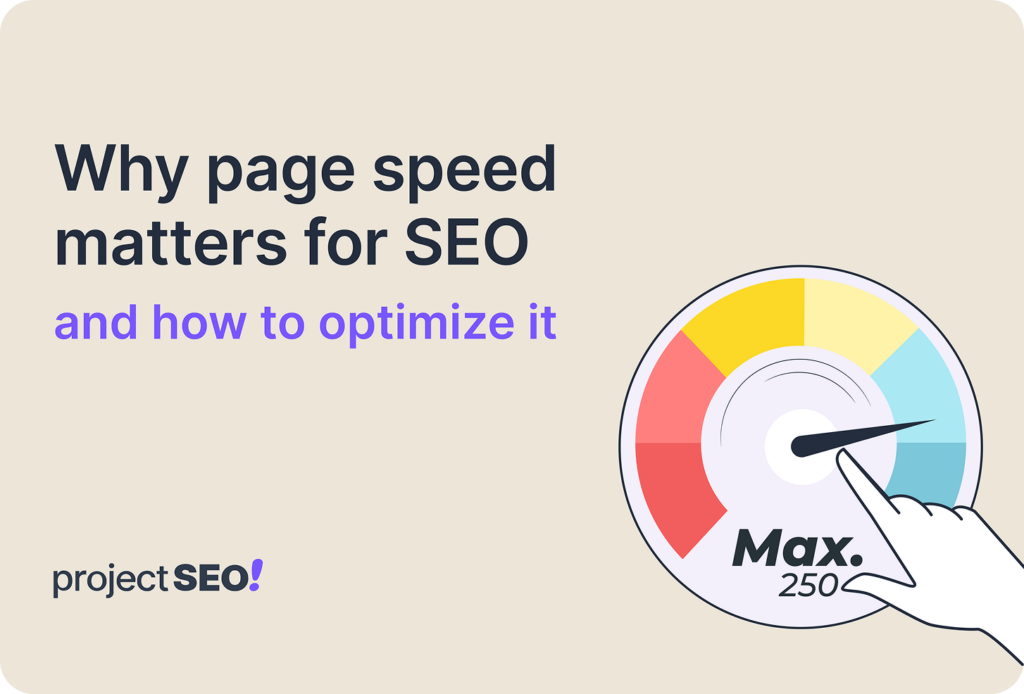B2B SaaS (Business to Business Software as a Service) has become a game changer in today’s bustling business world. These cloud-based tools offer incredible flexibility, efficiency, and scalability, helping businesses streamline their operations, boost productivity, and stay ahead of the competition. With more companies embracing SaaS to drive growth and innovation, knowing how to make the most of these solutions is more critical than ever.
We’ll explore how B2B SaaS can transform your business, revealing its benefits. We’ll also share practical tips on optimizing your SaaS strategy, from improving your marketing to enhancing user engagement and retention. Whether you’re exploring SaaS for the first time or looking to get more out of your current tools, we’ve got you covered with insights to help you make the most of your B2B SaaS investments.
What is B2B SaaS?
B2B SaaS stands for ‘Business to Business Software as a Service.’ It’s all about companies providing cloud-based software to other businesses. Businesses can access these tools online instead of buying and installing software on their servers.
SaaS is a way to use software applications online instead of installing them on your computer. Think of it like streaming your favorite shows on Netflix instead of buying DVDs. With SaaS, you open your web browser, log in, and use the software.
The first “B” in B2B is the provider. This company develops, hosts, and maintains the software. Examples include Salesforce for CRM, Slack for communication, and Shopify for e-commerce. The second “B” is the client, the business that uses the software to improve its operations, like managing customer relationships, enhancing internal communication, or running an online store.
SaaS applications are available in various categories, such as productivity tools (email, calendars, and office suites), collaboration software (project management, team communication), business applications (CRM, enterprise resource planning (ERP), human resources management), entertainment and personal use (streaming services, personal finance).
SaaS vendors handle the infrastructure, middleware, application software, and data storage. They ensure the software is available, secure, and updated. Providers also offer support and compliance with service-level agreements (SLAs), guaranteeing specific levels of performance and uptime.
Consumers access SaaS applications via the internet, usually through a web browser. This accessibility allows users to work from any location with internet connectivity. Payments are typically subscription-based and can be monthly or yearly.
B2B SaaS Applications Further Explained
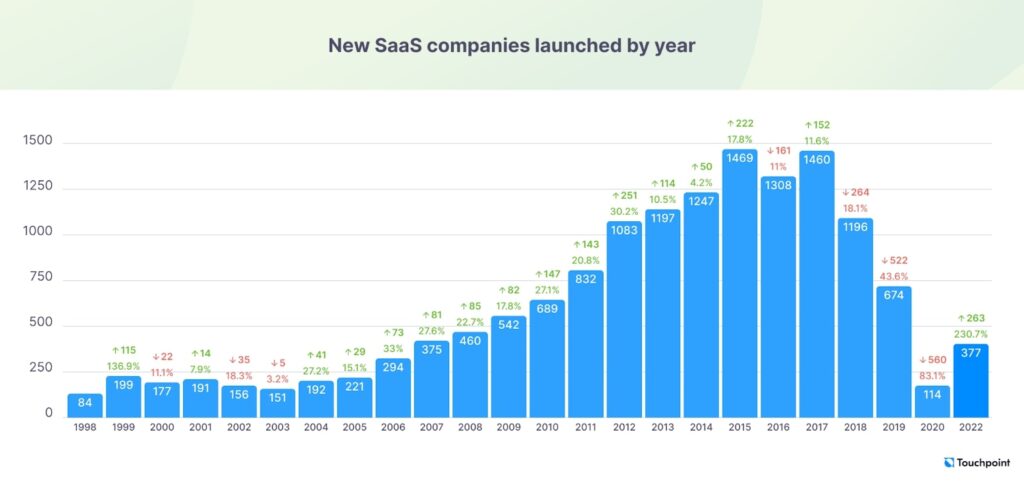
B2B SaaS has become super popular because it lets businesses use software online without needing to install or maintain anything. These applications reduce costs, improve efficiency, simplify scaling, and update software automatically. Because of these benefits, more companies are expected to use SaaS in the coming years. Here are some common types of SaaS applications and how they help businesses.
Customer Relationship Management (CRM)
Tools like Salesforce help businesses manage interactions with customers and potential customers and track sales. They streamline processes and improve customer service, boosting sales and marketing efforts.
Zoho CRM helps manage leads, automate sales tasks, and analyze performance.
Retails and E-commerce
Platforms like BigCommerce lets businesses set up and run online stores efficiently, managing products and handling transactions.
Shopify allows you to create and manage an online store without technical expertise.
Marketing Automation Software
Tools like HubSpot automate marketing tasks and track campaign performances.
Content Management System (CMS)
CMS tools let you create, manage, and modify digital content without needing technical skills.
WordPress is a popular CMS for building and managing websites.
Finance and Accounting
Tools like Xero simplify bookkeeping, invoicing, payroll, financial reporting, and other accounting tasks, making them more accessible and less error-prone.
QuickBooks helps businesses manage their finances, track expenses, and generate reports.
Enterprise Resource Planning (ERP)
ERP systems are cloud-based software that integrates various business processes, such as inventory, HR, and finance, into one system, improving efficiency.
Oracle ERP Cloud offers comprehensive business management solutions that help streamline operations and provide real-time insights.
Project Management Tools
These tools help teams plan, execute, and track projects, promoting better collaboration.
Asana lets teams organize tasks, set deadlines, and track progress.
Human Resources Management Software
HR software solutions automate and manage recruitment, payroll, and performance evaluation processes.
BambooHR offers HR software that helps hire, onboard, and manage employee data efficiently.
Supply Chain Management
Tools like TradeGecko help businesses manage inventory, orders, and suppliers.
Communication and Collaboration Tools
Platforms like Slack and Microsoft Teams enhance internal communication and collaboration among team members.
Customer Support
Zendesk and Freshdesk improve customer service by managing support tickets and tracking customer inquiries.
Data Analytics
Tools like Tableau and Looker help businesses to set up and manage online stores easily.
Benefits of B2B Software as a Service
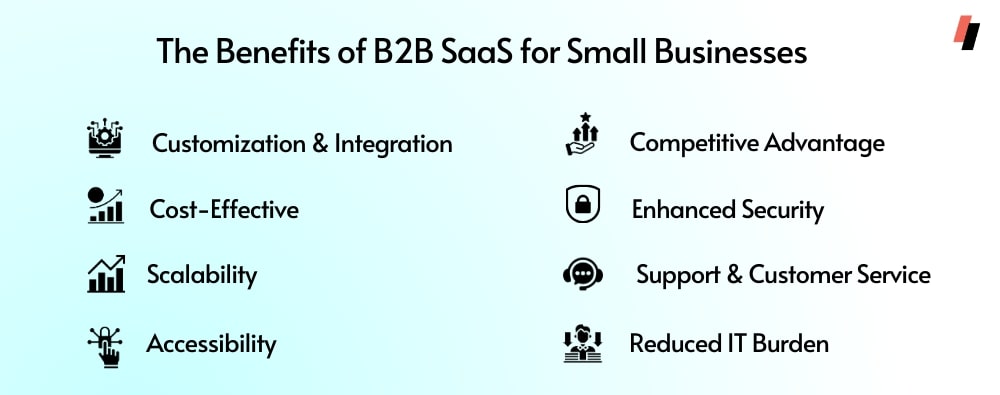
B2B SaaS (Business to Business Software as a Service) offers many perks that make life easier for companies. Here are some key benefits:
Multi-tenancy Model
Imagine a big apartment building where everyone has private space but shares building resources. That’s what a multi-tenancy model is like in SaaS. Multiple users share a single instance of the software, but their data and experiences are kept separate. This setup is efficient and cost-effective for their provider.
Single Sign-On (SSO)
Think about how nice it is to log in once and access all your apps without re-entering your password every time. SSO lets you do just that, simplifying your login process and boosting security since you have fewer passwords to manage and protect.
Improved Availability
SaaS services are designed to be highly reliable. Providers ensure that their software is up and running nearly all the time, thanks to robust cloud infrastructure and redundant systems that keep everything working smoothly even if something goes wrong.
Subscription-Based Billing
Lower initial costs—no need to buy expensive hardware or pay substantial upfront costs for software licenses. SaaS platforms operate on a subscription model instead of an enormous upfront cost. You pay a monthly or yearly fee, simplifying your budget and covering ongoing maintenance, updates, and support.
Data and Application Security
Your data’s safety is a top priority. SaaS providers use encryption and regular backups and comply with data protection laws to secure your information and prevent breaches. The providers handle the software’s security. They implement strong security measures, such as encryption and regular updates, to protect your data and ensure its safety.
Open Integration Protocols
SaaS applications are built to play well with others. They support open integration protocols, making it easy to connect with other software and services you might already be using, which enhances productivity and workflow.
Customization
Even though many users share the same software, you can still tailor it to fit your needs. Most SaaS platforms allow you to customize interfaces, workflows, and features to fit your specific needs.
Scalability
Do you need to add more users or handle more data? No problem! SaaS solutions can grow with you without requiring significant changes to the setup. You can easily adjust your subscription as your business grows or changes. SaaS solutions handle different levels of demand without needing substantial changes.
Automatic Updates
You can forget about manually installing updates. SaaS providers handle all the updates and upgrades, so you always have the latest features and security enhancements.
Accessibility
Whether at home, in the office, or on the go, you can access your SaaS platforms from anywhere with an internet connection. This flexibility is perfect for remote work and mobile access.
Collaboration
Many SaaS tools come with built-in features for real-time collaboration, making it easier for teams to collaborate, share documents, and communicate efficiently.
SaaS is about making life easier for users by taking care of the technical details behind the scenes. It’s flexible, affordable, and secure, letting you focus on what you do best.
Disadvantages
While B2B SaaS has many benefits, there are a few downsides.
Limited Customization Options
Some SaaS solutions might not offer as much customization as on-premises software.
Dependence on Internet Connectivity
Accessing SaaS apps requires a reliable internet connection, which can be a limitation in areas with poor connectivity.
The Difference Between B2B SaaS and B2C SaaS
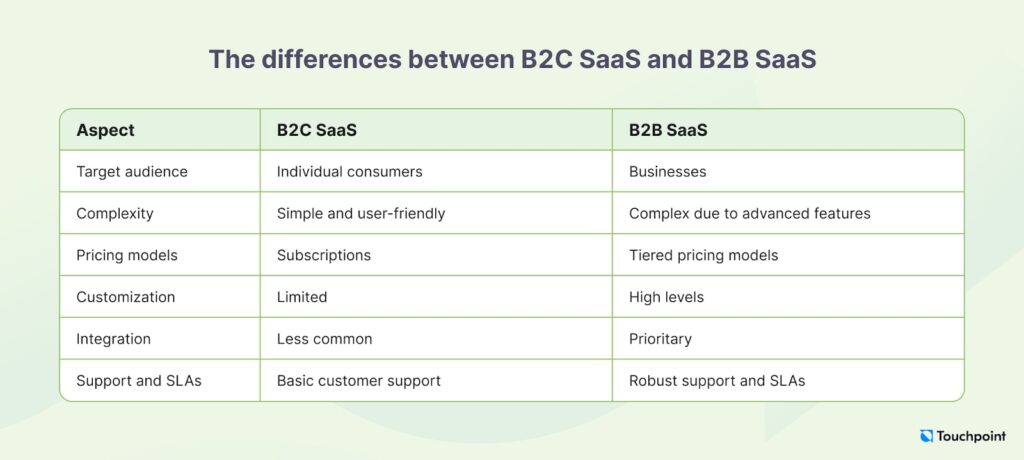
B2B SaaS (Business-to-business Software as a Service) and B2C SaaS (Business-to-Consumer Software as a Service) use the cloud to deliver software. Still, they cater to different audiences and have some key differences. Let’s find out what sets them apart.
Target Audience
B2B SaaS: This is all about helping businesses. The software solutions focus on improving business processes, productivity, and efficiency. Think of tools like project management software or CRM systems that help companies run smoothly.
B2C SaaS: This is for individual users. The applications are usually for personal use, like entertainment or productivity tools like streaming services or personal finance apps.
Pricing Models
B2B SaaS typically uses tiered pricing based on the number of users or the level of service. Businesses often sign annual or multi-year contracts, sometimes with customized pricing for large enterprises.
B2C SaaS: Often has simple subscription models, like monthly or yearly fees. Pricing is usually lower and more standardized.
Complexity
B2B SaaS: These tools are generally more complex, offering advanced features to meet businesses’ needs. They often require training and onboarding.
B2C SaaS is designed to be user-friendly and straightforward. The goal is for users to get started quickly without needing much help.
Customization
B2B SaaS: Highly customizable to fit specific business needs. This can include tailored workflows, reports, and integrations.
B2C SaaS: Offers limited customization. The focus is on providing a consistent experience for all users.
Integration
B2B SaaS: This software is designed to integrate with other business tools and systems, such as CRM, ERP, and HR software, to streamline operations and data flow.
B2C SaaS: Typically integrates with fewer services, often focusing on social media or personal productivity tools.
Support and Service Level Agreements (SLAs)
B2B SaaS offers robust support, including dedicated account managers and detailed SLAs, to ensure high availability and performance.
B2C SaaS: Support is usually more general, provided through online help centers or community forums. Detailed SLAs are less common.
In summary, while B2B and B2C SaaS use cloud technology to provide accessible and flexible software solutions, they cater to different audiences with distinct needs. B2B SaaS focuses on robust, customizable, and integrated solutions for businesses, while B2C SaaS prioritizes simplicity, ease of use, and affordability for individual consumers.
More B2B SaaS Companies Examples
Google Workspace
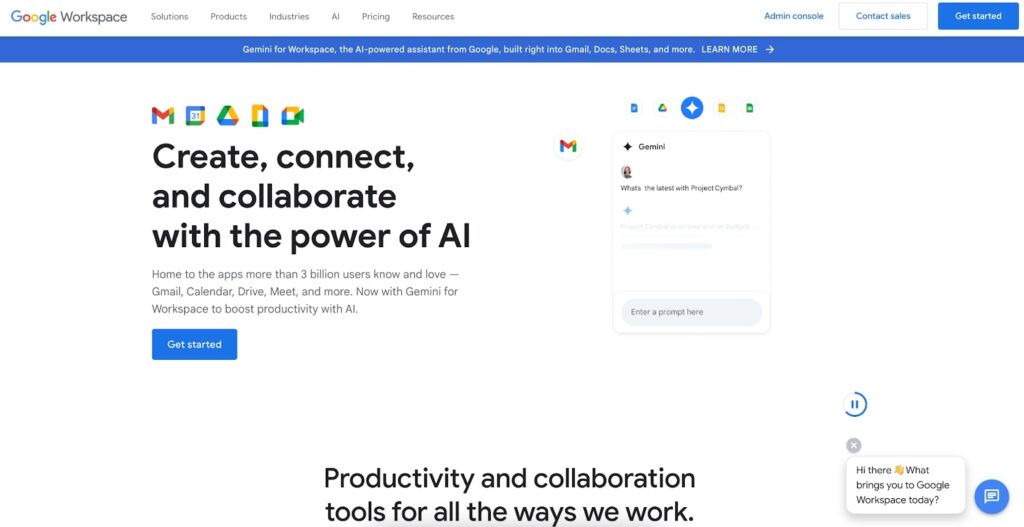
Google Workspace provides tools like Gmail, Docs, Drive, and Calendar for business communication and collaboration. Integrating various tools into one seamless platform and providing cloud-based access enhances productivity, allowing teams to work efficiently from anywhere.
Adobe
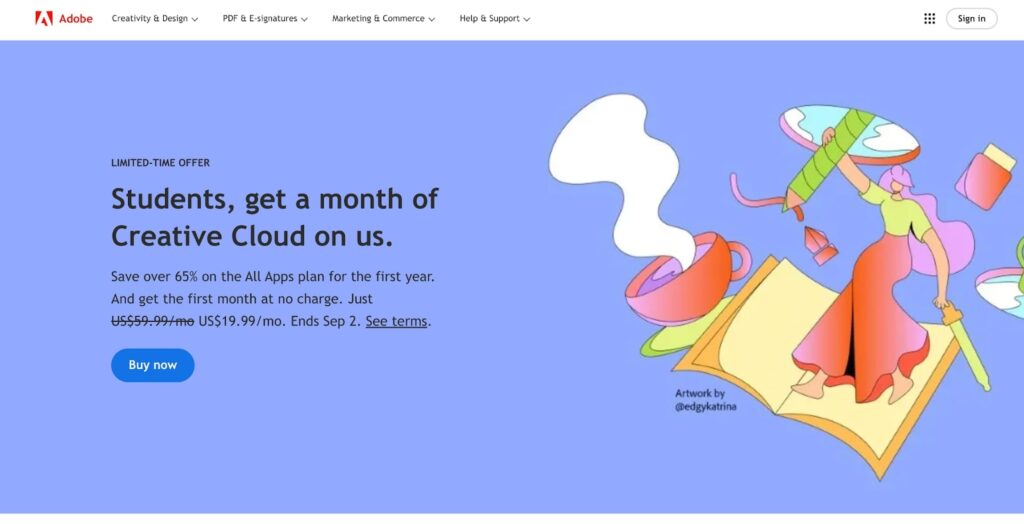
Adobe is known for creative software solutions like Photoshop, Illustrator, and Adobe Sign, it helps businesses design, document management, and digital media creation, enhancing their innovative capabilities and operational workflows.
Slack
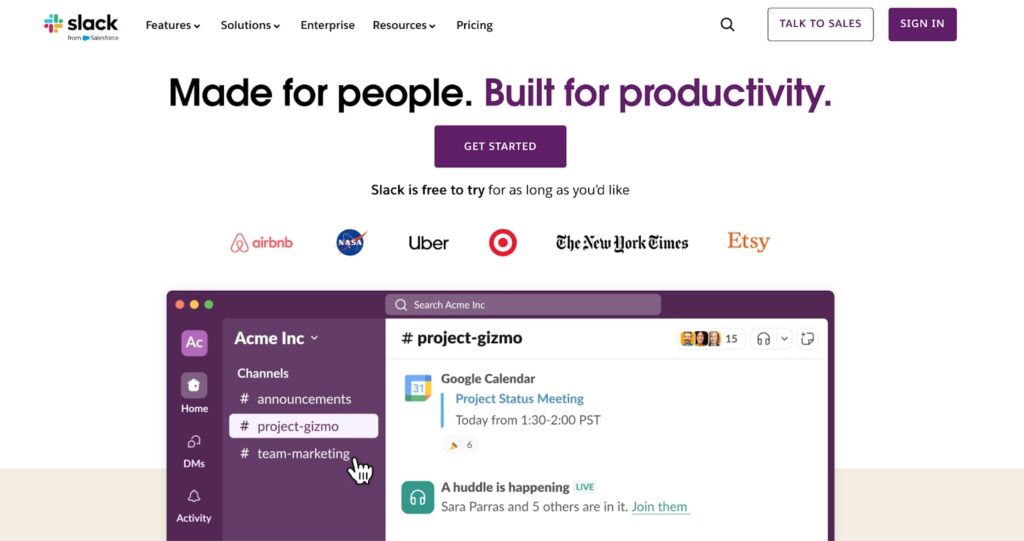
Slack is a messaging platform for teams, it allows for real-time communication and collaboration. Through integrations with other tools, it streamlines workflow and project management, making team communication more effective.
MailChimp
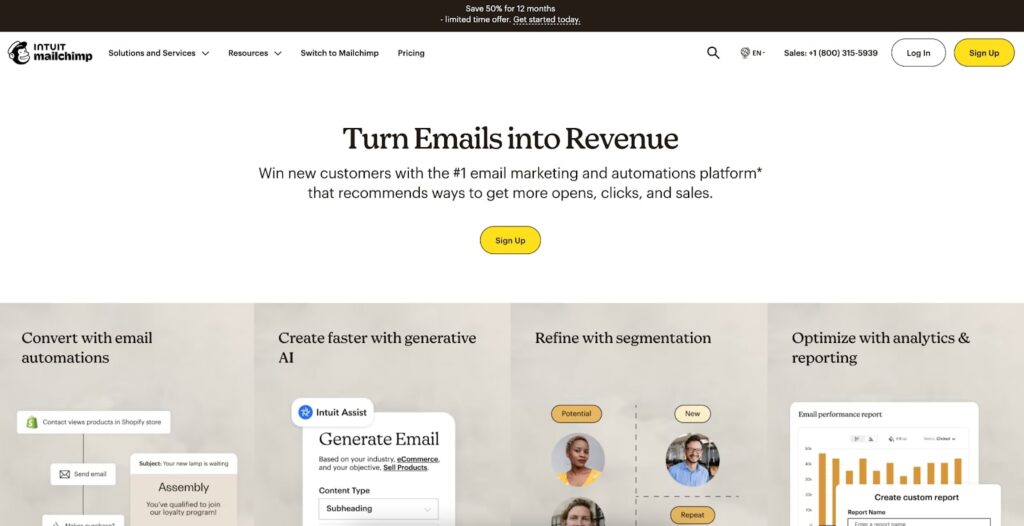
MailChimp is an email marketing platform that helps businesses create and manage email campaigns. Aids in customer engagement and marketing automation, making it more straightforward for companies to reach and retain customers.
HubSpot
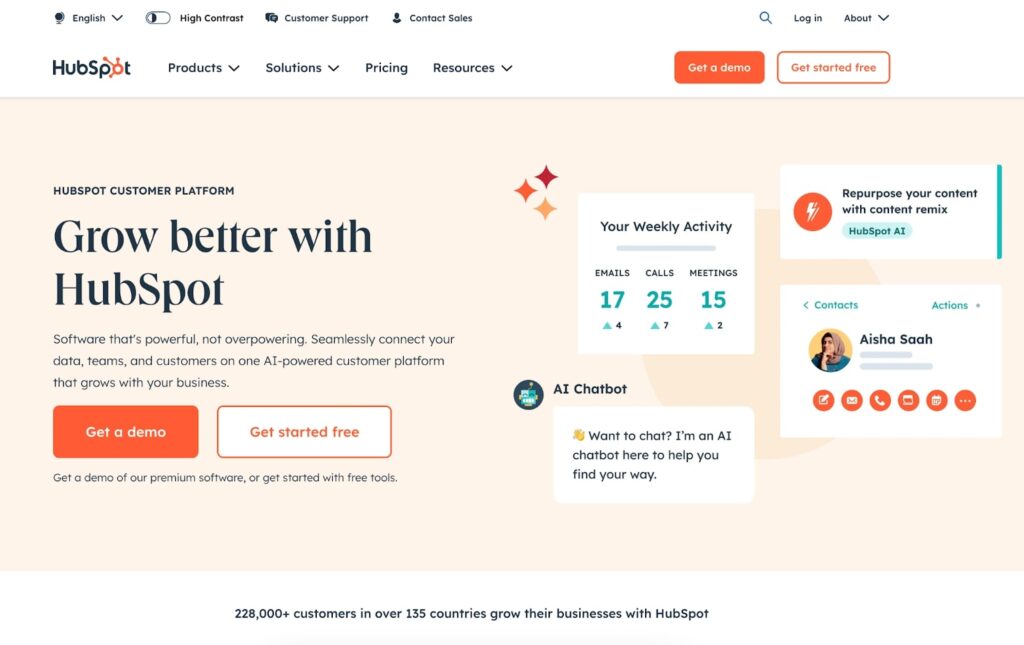
HubSpot offers CRM, marketing, sales, and customer service tools. Helps businesses grow by optimizing customer relationship management and inbound marketing efforts.
Atlassian

Atlassian is known for software applications like Jira, Confluence, and Trello, it enhances project management and team collaboration, especially for software development teams.
Artera

Artera integrates with healthcare organizations’ tech stacks to simplify digital communications with patients. By streamlining communication, it improves healthcare delivery and patient engagement.
Hotel Engine
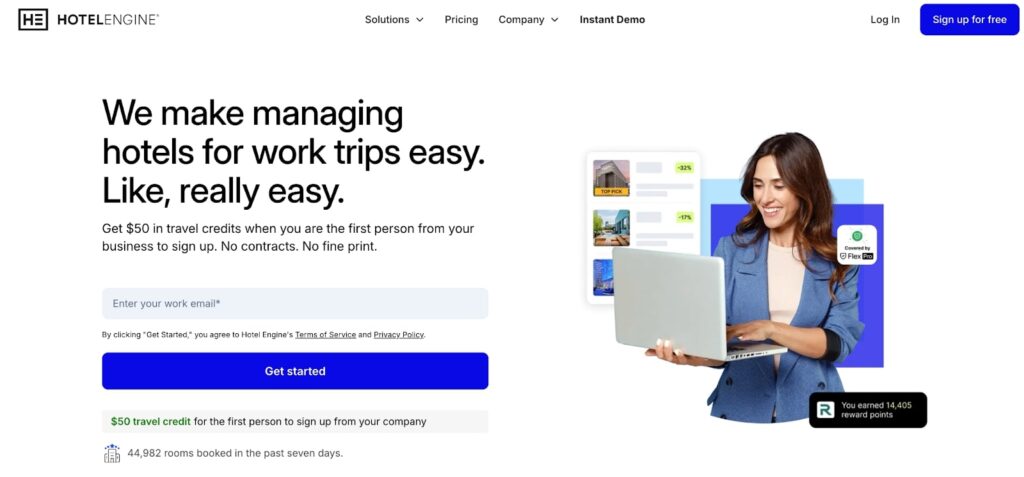
Hotel Engine provides hotel booking solutions for businesses. Simplifies the management of business travel and lodging, making it more efficient for companies to handle their travel needs.
HUMAN
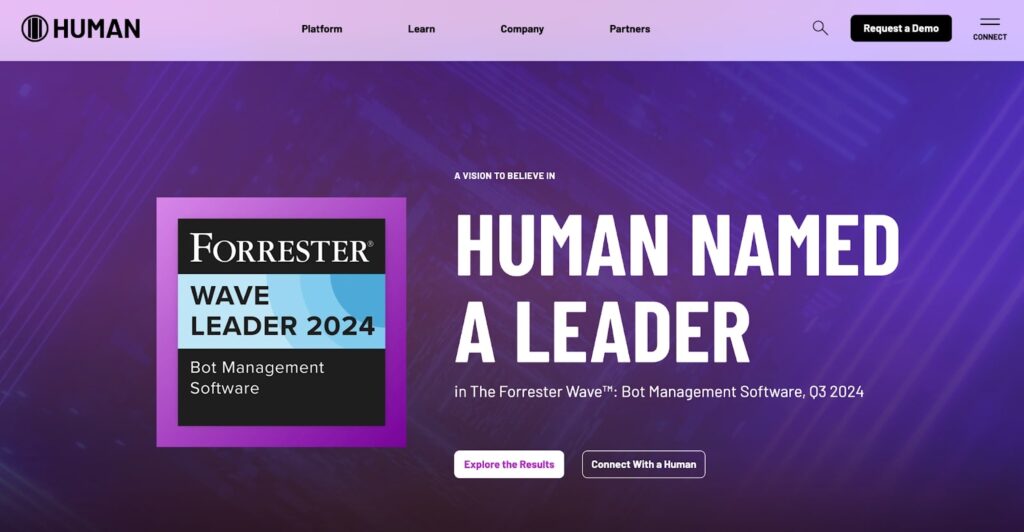
HUMAN specializes in cybersecurity, protecting businesses from bot attacks. Ensures the security of online interactions and protects sensitive business data.
Bringg
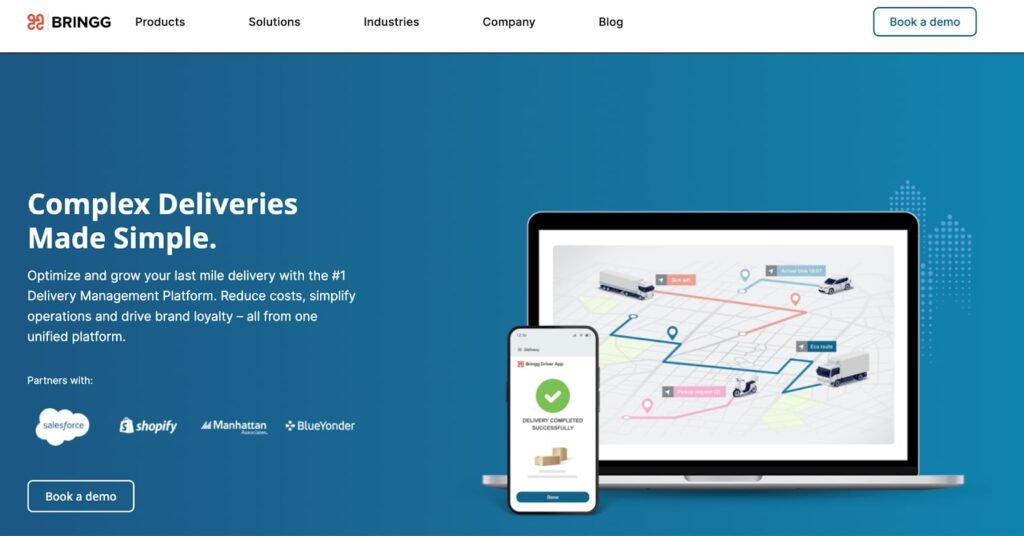
Bringg is a delivery management platform that helps businesses manage logistics and delivery operations efficiently. Improves delivery processes, enhancing customer satisfaction and operational efficiency.
Customer.io

Customer.io is a marketing tech company that offers automated messaging for email campaigns, push notifications, and in-app messages. It enhances customer engagement and marketing efforts through automation and personalized communication.
Route

Route provides merchandise tracking solutions for e-commerce businesses. Ensures products’ safe and timely arrival, enhancing customer satisfaction and trust.
Toast
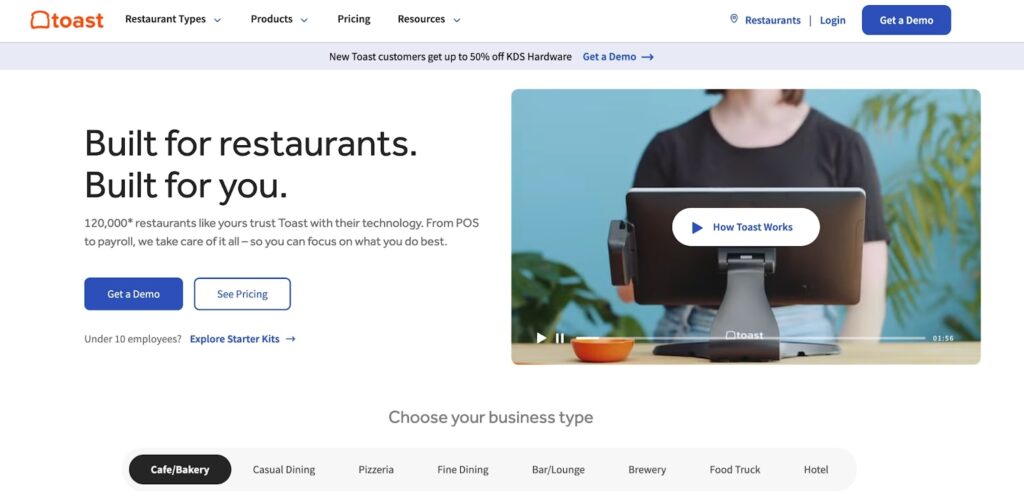
Toast provides point of sales platform for food and drink establishments. Helps manage business operations smoothly, improving customer service and operational efficiency.
Aircall
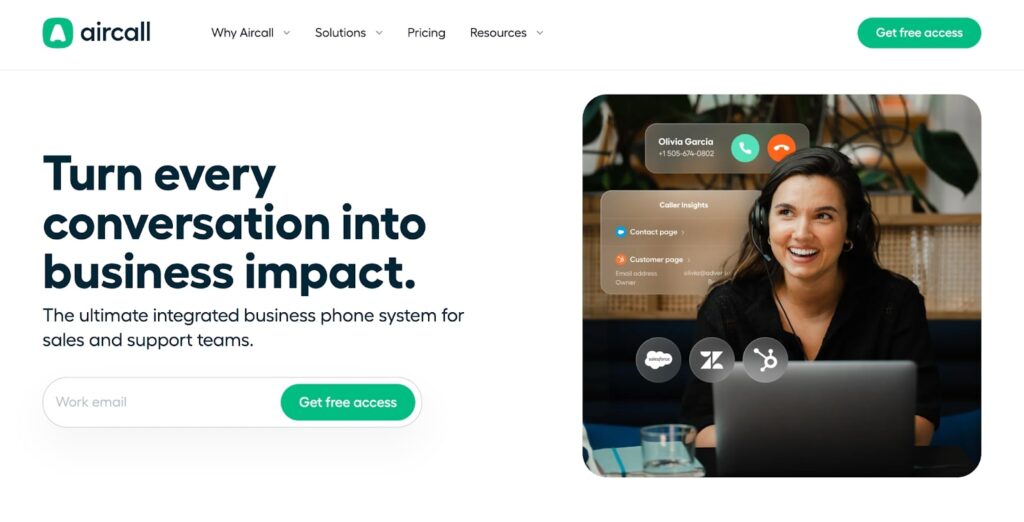
Aircall creates a call center management platform for sales and support teams. It integrates various communication channels into one dashboard, enhancing customer support.
6sense
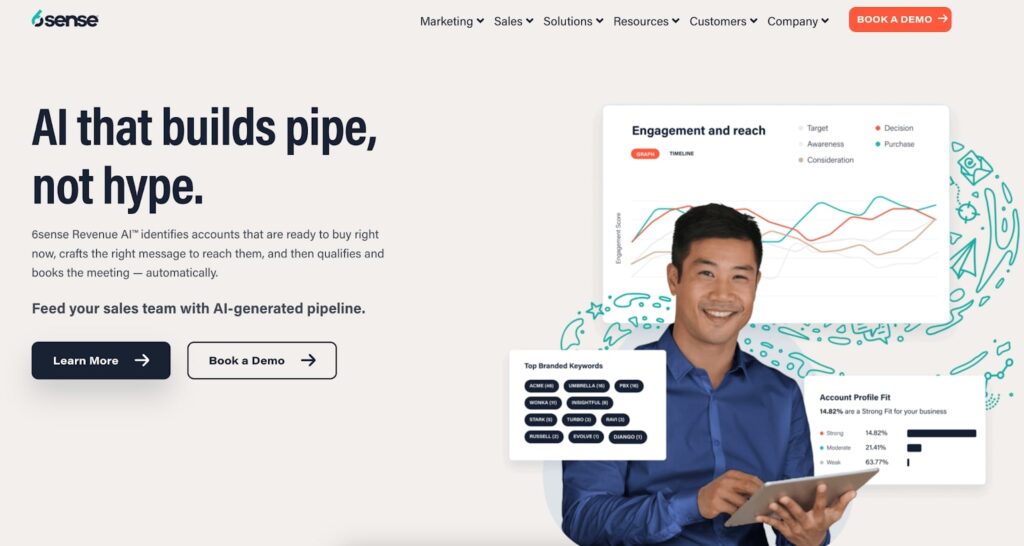
6sense offers Revenue AI for predictive analytics and forecasting. Improves targeting and advertising for B2B industries, enhancing marketing effectiveness.
Box
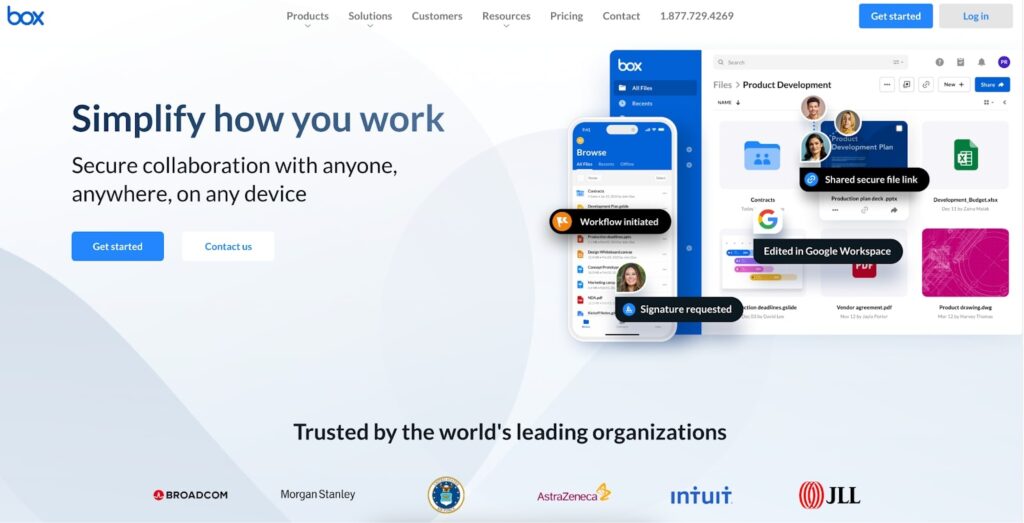
Box provides cloud-based software solutions for secure collaboration and content management. Offering a centralized platform for content management enhances business productivity and data security.
SeatGeek
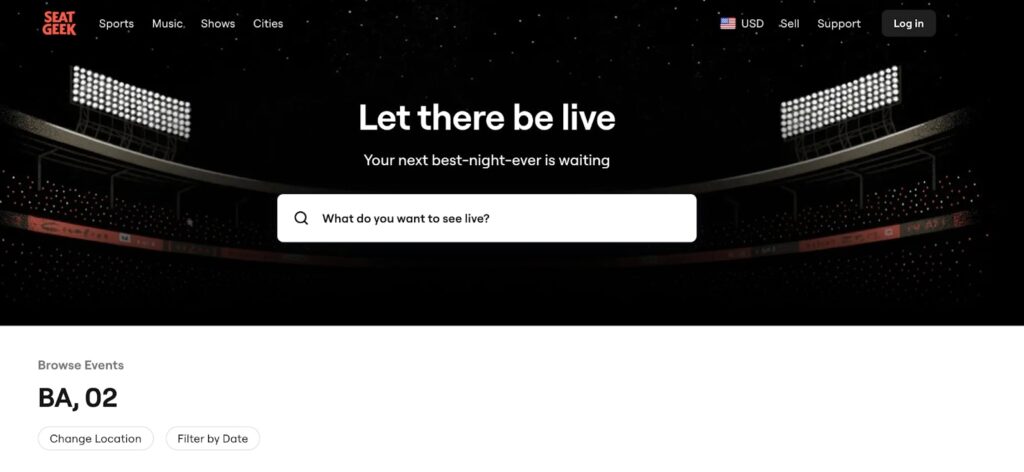
SeatGeek is a mobile ticketing company that uses machine learning to provide dynamic pricing and ticketing solutions. This makes event ticketing more efficient and accessible, improving customer experience.
TrueML
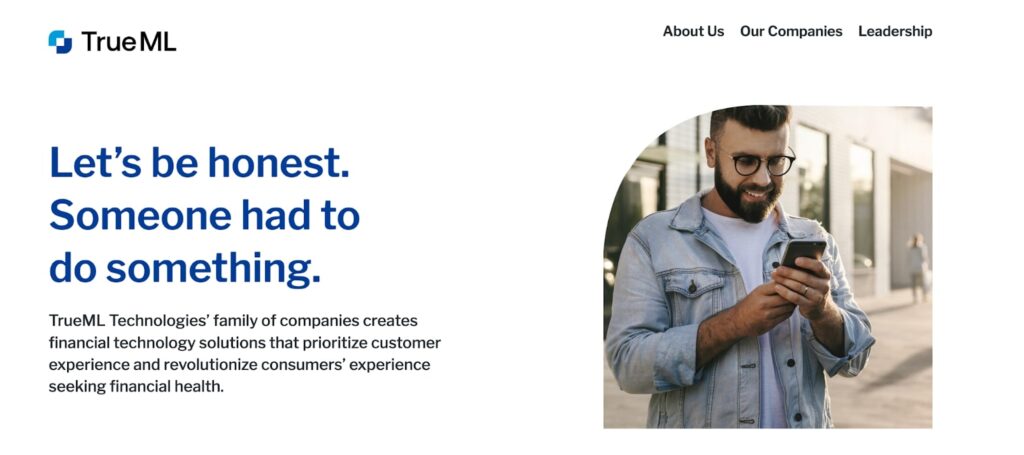
TrueML offers fintech software for digital communications in the debt collection space. It makes the debt collection process more effective and humane, improving customer relationships.
The Future of B2B SaaS
Let’s discuss what’s coming up in B2B SaaS and how it will affect businesses. Here are some key trends to watch out for.
Built-in AI Capabilities are the Standard
AI is becoming a regular feature in B2B SaaS, bringing advanced analytics, predictive modeling, and automation. AI helps make smarter decisions, streamline operations, and personalize customer experiences. It boosts efficiency, improves decision-making, and reduces costs. Disadvantages are high setup costs, privacy concerns, and ongoing maintenance needs.
Omnichannel Supremacy
Businesses focus on providing a seamless customer experience across all channels—web, mobile, social media, and in-person. This ensures a consistent experience for customers, improving satisfaction and loyalty. Advantages include a better customer experience, higher retention rates, and increased sales. Disadvantages include the complexity and cost of managing multiple channels.
The Rise of Vertical SaaS
Vertical SaaS solutions are tailored for specific industries like healthcare, finance, or retail. They effectively address unique industry needs and compliance requirements. Advantages include industry-specific features, better compliance, and improved efficiency. Disadvantages include higher initial costs and less flexibility for broader needs.
Unified Customer Experience with CXM
Customer Experience Management (CXM) integrates all customer interactions into one system to boost satisfaction. It helps manage and analyze interactions better, leading to stronger relationships and loyalty. Advantages are improved customer satisfaction and loyalty, as well as better insights. Disadvantages are complex implementation and high costs.
Blockchain, Cloud, and Cyber Power
Integrating blockchain, cloud computing, and cybersecurity in B2B SaaS enhances data security, transparency, and scalability. Better security, data management, and scalability are advantages. Disadvantages are high costs, regulatory challenges, and integration issues.
Accounting Goes Digital
Accounting processes are going digital with SaaS platforms. Provides real-time financial data, automates tasks, and ensures compliance. Advantages are increased accuracy, time savings, and better financial insights. Disadvantages are setup costs, data security concerns, and ongoing updates.
Content Marketing Still Goes On
Content marketing remains critical for B2B companies to attract and engage customers. It helps build brand authority, generate leads, and maintain relationships. Advantages include better brand visibility, lead generation, and customer relationships. Disadvantages include time-consuming, constant updates and tricky ROI measurement.
The future of B2B SaaS looks exciting, with advancements that promise to enhance business operations and customer experiences. While there are numerous benefits, challenges like implementation costs and complexity remain. Businesses need to stay adaptable and continuously evaluate these trends to remain competitive.
How To Do B2B SaaS Marketing
B2B SaaS marketing can seem complex, but it all boils down to some key strategies that help attract, engage, and convert other businesses into customers. Let’s break down these strategies.
SEO (Search Engine Optimization)
SEO is making your website more accessible on Google and other search engines. It involves using the right keywords, creating quality content, and getting other sites to link to you. SEO is great for getting steady, organic traffic. While it takes time to see results, it’s worth it in the long run. Companies that invest in SEO often see a significant boost in visibility and leads.
Advantages: it’s cost-effective and builds credibility.
Disadvantages: Results aren’t instant, and they require ongoing effort.
PPC (Pay Per Click Advertising)
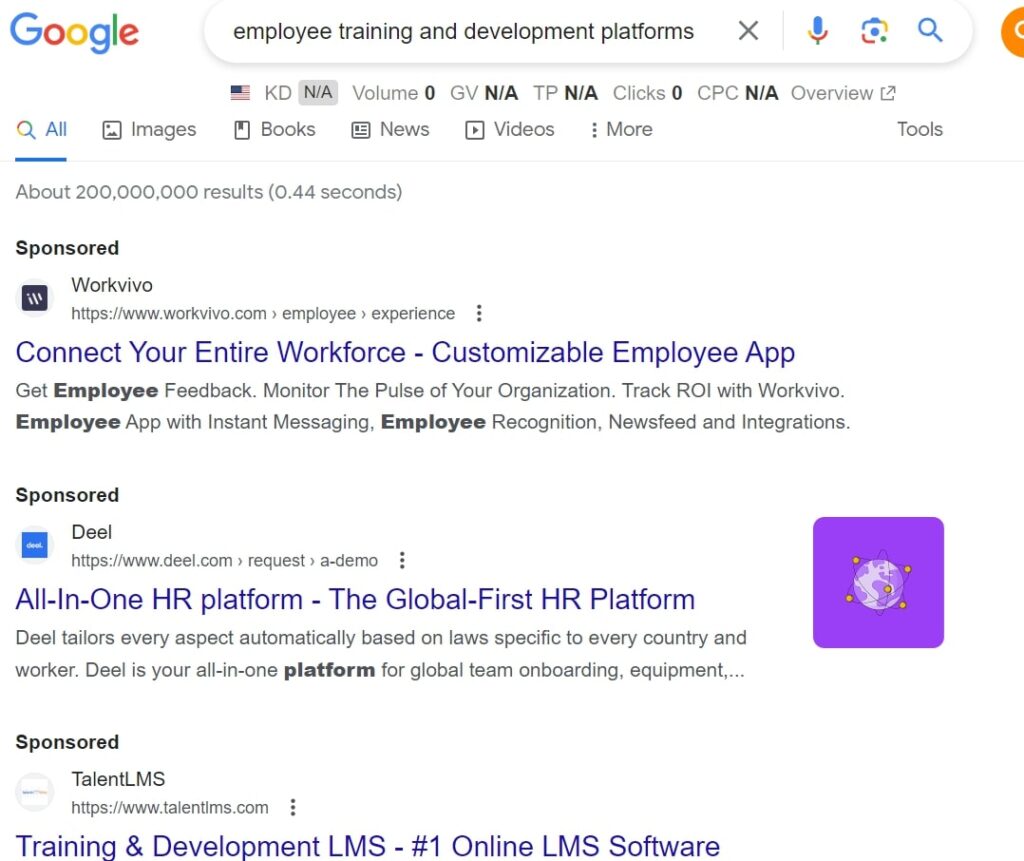
With PPC, you pay each time someone clicks your ad. These ads can appear on search engines or social media. PPC is fantastic for quick visibility. It’s highly targeted and can bring quality leads fast.
Advantages: Quick results and easy to measure.
Disadvantages: This can get expensive and needs constant monitoring.
SMM (Social Media Marketing)

SMM is about using platforms like LinkedIn, Twitter, and Facebook to promote your product and engage with your audience. Social media is perfect for building brand awareness and direct engagement. It’s a great way to humanize your brand.
Advantages: Direct customer engagement and boost brand visibility.
Disadvantages: It is time-consuming and needs a consistent strategy.
Email Marketing
Email marketing involves sending targeted emails to your leads and customers to keep them informed and engaged. It has one of the highest ROIs and is an excellent way to nurture leads.
Advantages: Highly targeted and cost-effective.
Disadvantages: It can be seen as spam and requires good list management.
Content Marketing
Creating valuable content like blog posts, eBooks, and videos to attract and engage your audience. Content marketing helps establish your company as an industry authority and is crucial for SEO and lead generation.
Advantages: Builds trust and generates leads.
Disadvantages: It is time-consuming and requires consistency.
Webinars and Online Events
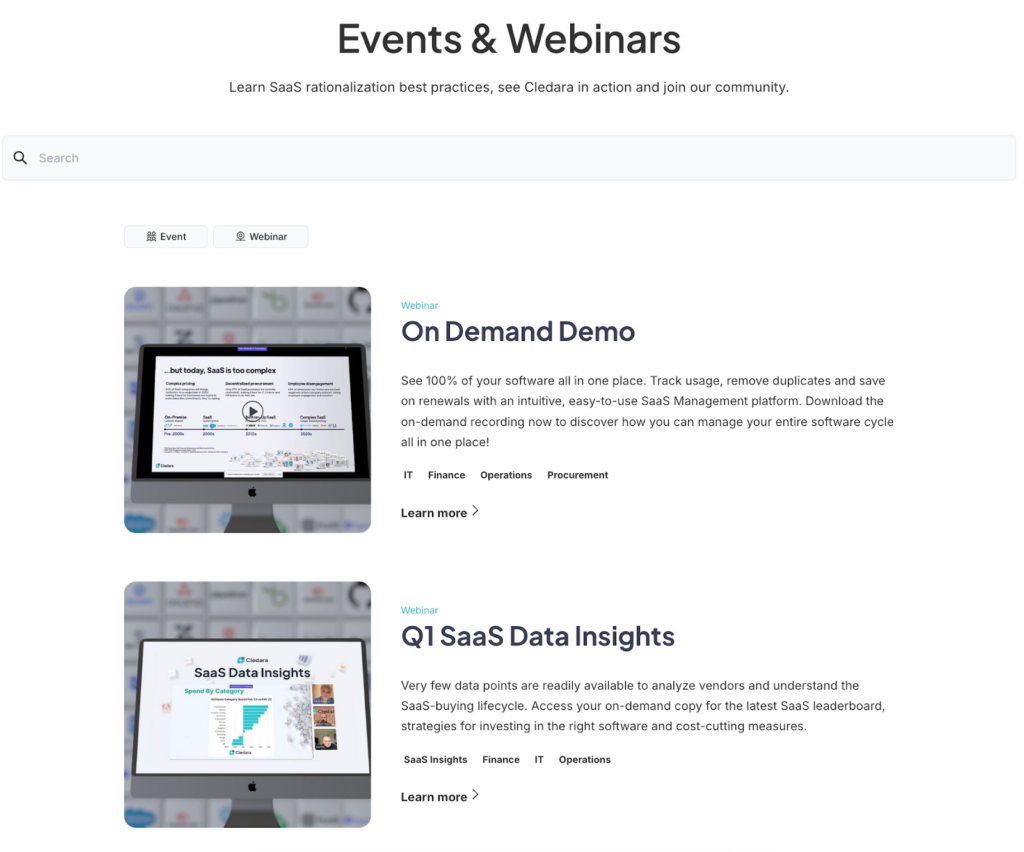
Hosting Online events to educate your audience and showcase your products. Webinars are excellent for generating leads and demonstrating expertise.
Advantages: Direct engagement and build credibility.
Disadavantages: Requires preparation.
Influencer Marketing
Partnering with industry influencers to promote your product to their audience. This boosts brand credibility and broadens your reach.
Advantages: Enhances credibility and targets a broader audience.
Disadvantages: It can be expensive and complex to measure ROI.
B2B SaaS marketing involves strategies tailored to attract, engage, and convert business clients. Companies can effectively reach their target audience and drive growth by leveraging SEO, PPC, SMM, and more. Each strategy has advantages and challenges, so engaging experts and continuously monitoring and adjusting your approach to achieve the best results is essential.
Boost Your B2B SaaS Game with a Smart Marketing Strategy
In B2B SaaS work, a sharp marketing strategy isn’t just excellent—it’s essential. A well-crafted strategy helps you stand out, drives sales, and optimizes your return on investment (ROI).
Why does it matter? First, it helps you cut through the noise and get your product noticed in a crowded market. Second, it drives sales by converting leads into customers by addressing their needs and pain points. Finally, it maximizes ROI by making every marketing dollar work harder with efficient, results-focused campaigns.
ProjectSEO specializes in creating marketing strategies for your unique business. We don’t use cookie-cutter solutions; we craft tailored strategies that fit your business and audience perfectly. Our proven methods are designed to boost visibility and drive sales, while our focus on optimizing ROI ensures that your marketing spend contributes to real growth.
Ready to level up? Let’s make your B2B SaaS marketing shine. Book a free consultation today and discover how we can help you hit your goals. Reach out now, and let’s get started.
